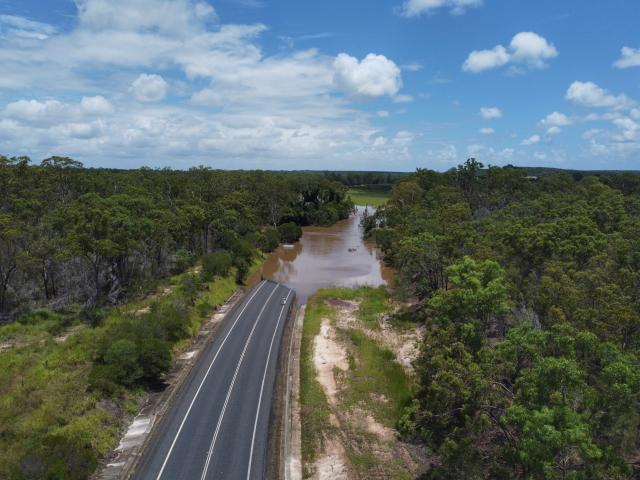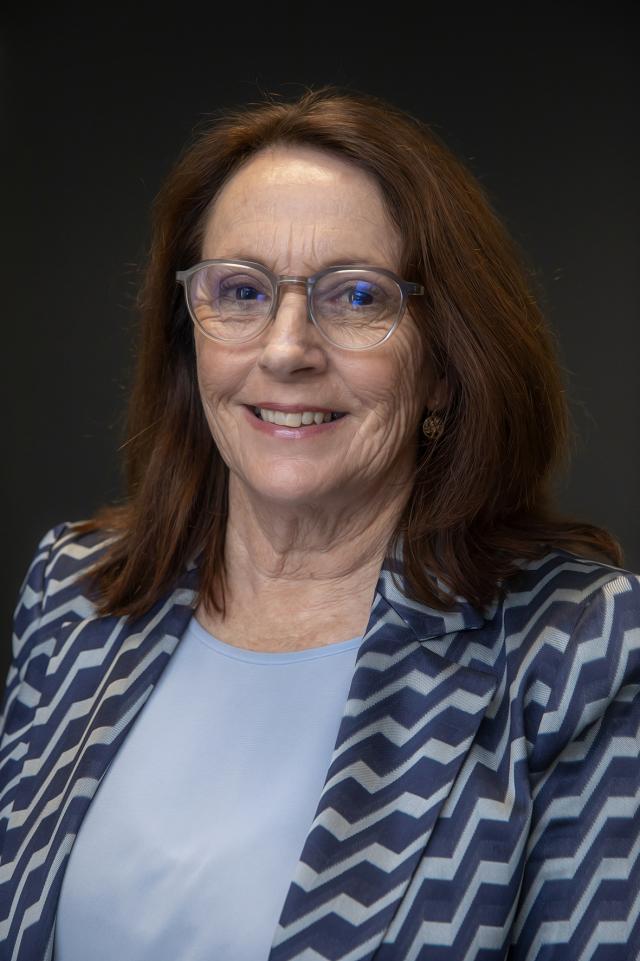The Federal Government’s Disaster Ready Fund (DRF) is heavily oversubscribed and needs to be increased by at least $250 million per year to better protect Australian communities from future natural disasters.
More than 300 applications seeking $460 million were submitted in the first round of the DRF in 2023, with 187 of these projects successfully funded, including 100 by councils.
ALGA President Councillor Linda Scott said while councils have welcomed the $200 million DRF, which was secured through local government advocacy, the latest figures show it’s vastly insufficient given the number of potential mitigation projects across the country.
“Our communities have been repeatedly hit by floods, fires and cyclones over the past two years, with more than 60 per cent of local government areas affected,” Cr Scott said.
“We have to better prepare for the increasingly frequent and more severe natural disasters we are experiencing, and local government is calling for an extra $250 million of federal investment in disaster mitigation.”
In 2021, Deloitte Access Economics estimated natural disasters cost Australia $38 billion per year, and this amount is expected to rise to $73 billion per year by 2060, assuming a low-emissions scenario.
Cr Scott said investing in mitigation makes economic sense and significantly reduces the costs governments incur during the recovery process.
“We know for every additional dollar spent on mitigating the effects of climate-related natural disasters, it saves the government up to $8 in the long term, according to DFAT analysis,” Cr Scott said.
“Given these large-scale mitigation projects can cost tens of millions of dollars to plan and deliver, Australia needs to significantly increase its investment in emergency preparedness.
“For example, the Bundaberg East flood levee – proposed by Bundaberg Regional Council and funded by the Federal and Queensland Governments – will cost around $175 million alone.
“As a nation, we urgently need to boost our investment in disaster mitigation to protect our homes and communities, and save lives.”








